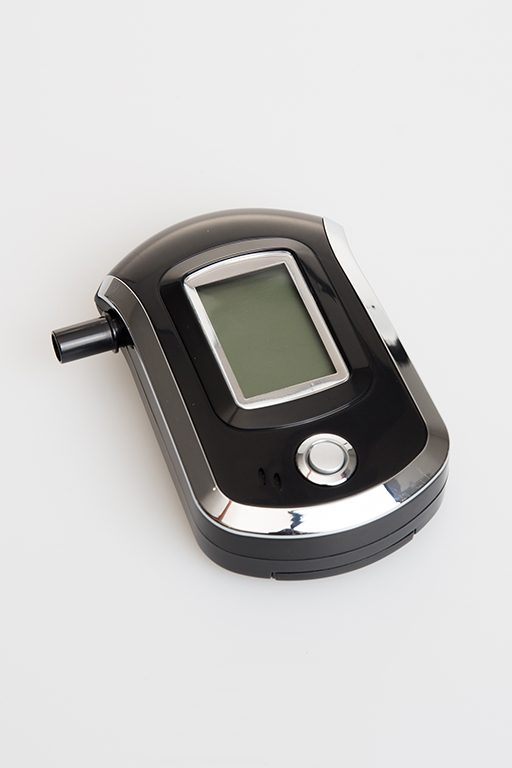2 Testing for the presence of alcohol
As you have learned throughout this course, alcohol is a drug that has a depressive effect on the nervous system and excessive exposure can lead to various short-term and long-term effects.
ITQ _unit9.2.1
-
Where might the presence of alcohol need to be tested outside an analytical laboratory setting?
-
Driving while under the influence of alcohol is considered a criminal offence in many countries, and it may be necessary to test suspect drivers at the roadside.
Alcohol is not digested when absorbed in the gut, nor is it chemically changed in the bloodstream. As the blood goes through the lungs, some of the alcohol moves across the membranes of the lungs’ air sacs (alveoli) into the air in the lungs because alcohol is volatile. The concentration of the alcohol in the alveolar air is related to the concentration of the alcohol in the blood. As the alcohol in the alveolar air is exhaled, it can be detected in the breath. This allows for a non-invasive analysis of blood alcohol concentration (BAC) at the roadside using an instrument known as a breathalyser, an example of which is illustrated in Figure 6.
If a positive result to a roadside breathalyser test is obtained, a second sample will be taken for legal purposes at a police station to confirm the result. This further test is usually performed on either a blood or a urine sample. As the excretion rate of alcohol by the body can be calculated, this second measurement can be extrapolated backwards (retrograde) to the time of the first measurement, thereby confirming the result of the initial roadside test.
ITQ _unit9.2.2
-
Why do you think it is important for a breathalyser to be able to produce rapid results?
-
Since blood alcohol levels decease over time, rapid results are important to inform law enforcement personnel of the driver’s condition at the roadside and whether further action should be taken.
In this final part of the course, you are going to look at the chemistry of the breathalyser – the same methodology as that used in versions of the kit you can buy yourself over the counter.

